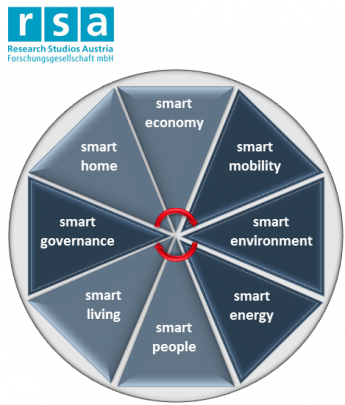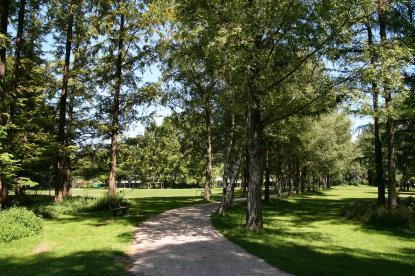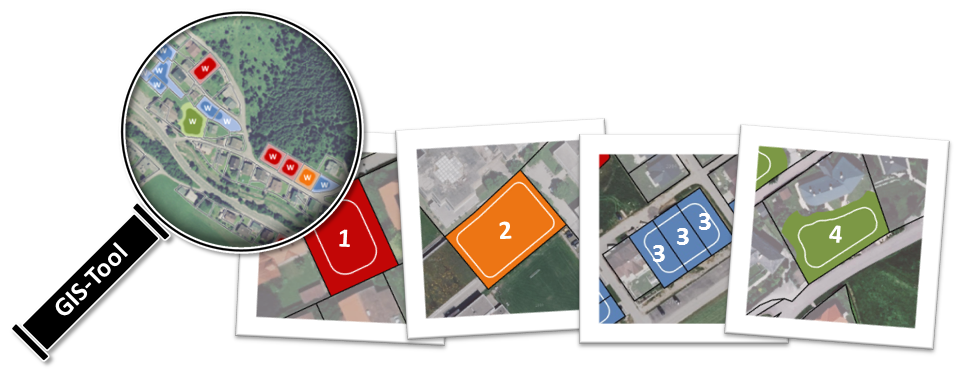Das Studio iSPACE – Smart Settlement Systems freut sich über den Start des Projekts “Urban Green Belts”, welches vom Europäischen Fonds für Regionalentwicklung im Rahmen des Central Europe Programmes, gefördert wird.
Grüngürtel sind v.a. im urbanen Bereich bedeutend im Hinblick auf Wirtschaft, Umwelt und Soziales. Beispielsweise sind sie in der Lage, Schadstoffe aus der Luft zu filtern, Hitzeinseleffekte zu mindern und in wirtschaftlicher Hinsicht u.a. eine fördernde Wirkung auf die Tourismusbranche auszuüben oder Immobilienwerte zu erhöhen. Generell leisten Grünräume einen wichtigen Beitrag zur Verbesserung der Lebensqualität und der öffentlichen Gesundheit. Die Bedeutung städtischer Grünflächen ergibt sich damit v.a. aus ihrer Fähigkeit, einigen der negativen Effekte in urbanen Ballungsgebieten entgegenwirken oder diese zu vermindern.
Im Rahmen des Projekts sollen zunächst Methoden definiert werden, mit deren Hilfe eine Grünraumbewertung im städtischen Raum durchgeführt werden kann. Weiterhin sollen transnational reproduzierbare Modelle für das städtische Grünraummanagement sowie partizipative Ansätze, durch die die Öffentlichkeit in Entscheidungsprozesse im Bereich Grünraumentwicklung einbezogen wird, entworfen und umgesetzt werden. Das finale Resultat des Projekts bildet ein GIS-basiertes Tool für Grünflächenmanagement und -entwicklung. Durch die beschriebenen Maßnahmen soll ein Beitrag zur Verbesserung der Lebensqualität in städtischen Räumen geleistet werden. Die gesamte Projektarbeit findet dabei in Kooperation mit Partnern aus verschiedenen Ländern (Ungarn, Slowenien, Polen, Italien, Tschechien und Kroatien) statt.





